Faculty of Science Building No.2, The University of Tokyo
“Save Science Bldg. 2!" seems the slogan for the University of Tokyo’s School of Science Building No. 2.
Faculty of Science Building No. 2 of the University of Tokyo in the Hongo district is in serious trouble. On the University of Tokyo website, there is a statement complaining about the building’s decrepit condition and a page calling for donations.
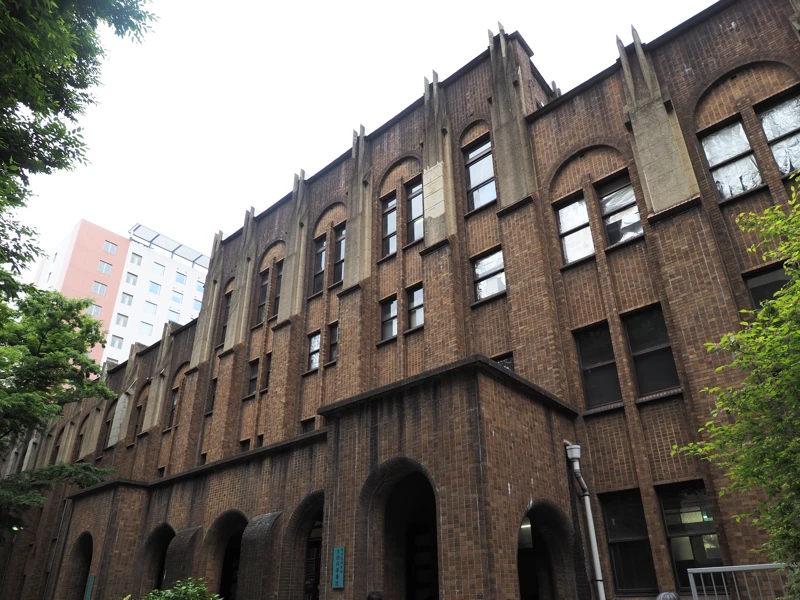
In its words, “Inadequate cooling systems, damage to the exterior walls, and water leakage are among the ongoing problems that are hindering research activities".
So, it is Tokyo Architecture Festival 2025.
As one would expect, there is no mention of “the building is in crisis” on the introduction page of the festival’s website, but there is a post on the festival’s Instagram page calling for donations.
First, let’s take a look at the overall shape of the building and the tour route.
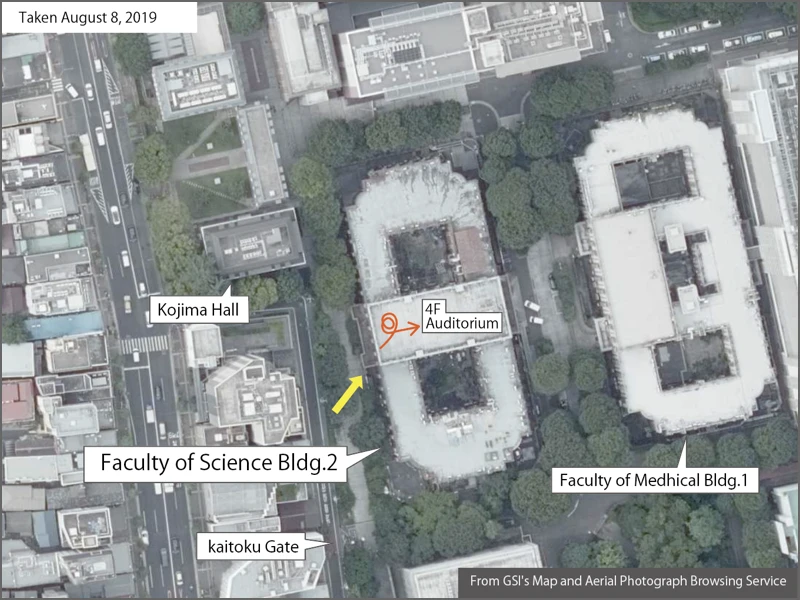
The course open to the public this time was to enter from the west side, climb the spiral staircase, and see the auditorium on the fourth floor. After viewing the auditorium, visitors will again go down the stairs and exit through the west exit. (The west exit has two staircases, so during the festival, one going up and one going down.)
Now, let’s enter from the west exit. The front door is on the right.
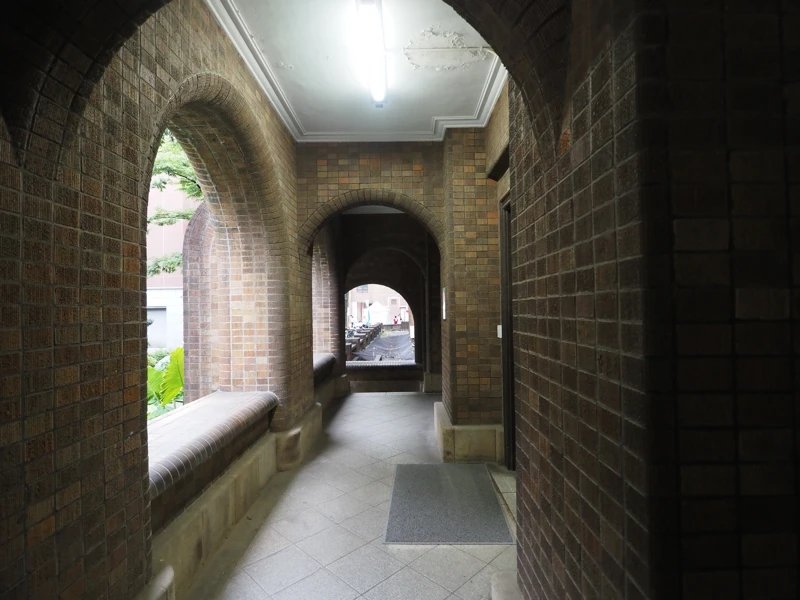
Looking at the door from inside the entrance hall.
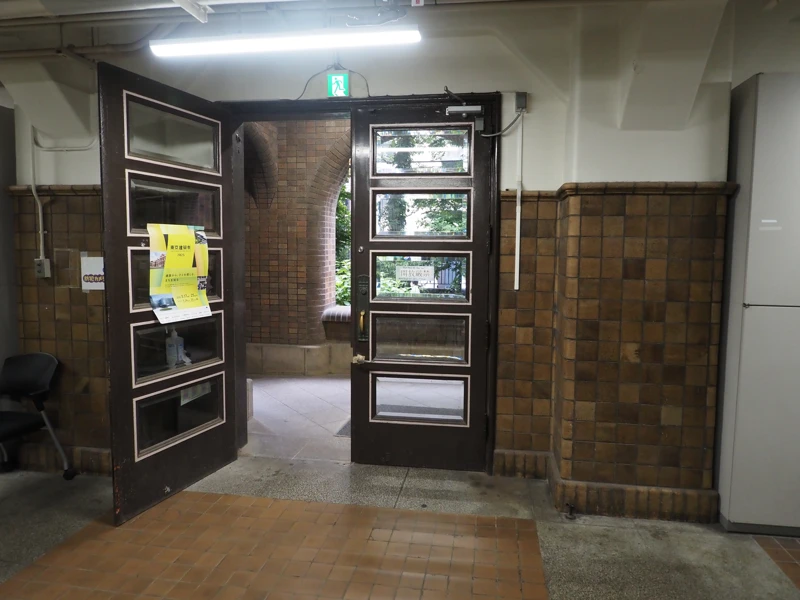
In the hall, there is a timeline of the building.
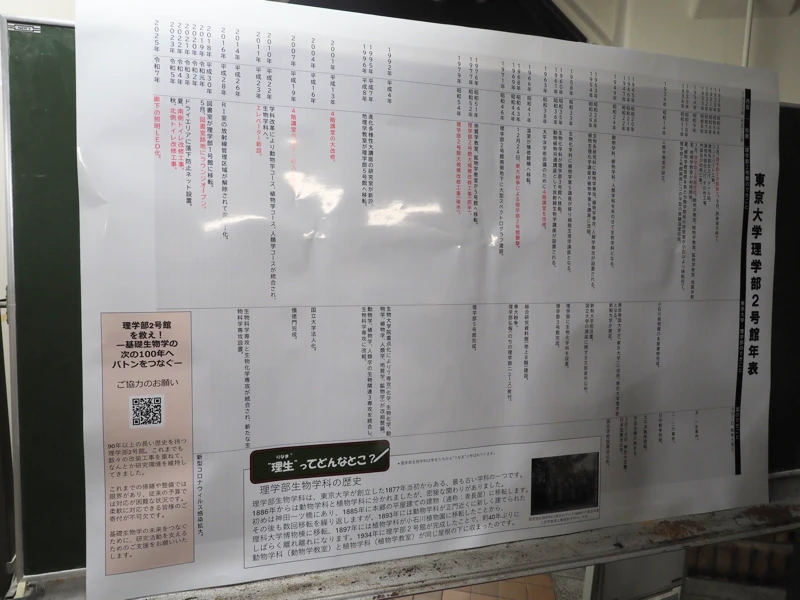
The construction started in March 1929. Construction of the steel frame was completed in September 1929.
Concrete work began in 1930.
1931: Tiling of the exterior of the building.
1932: Building exterior finishing and other construction work.
1933 Interior and incidental work.
1934: Construction completed in March.
It took five years to complete the building.
In the lower left corner, we can see the words “Save the Science Building No. 2! “and a QR code can be seen on the lower left.
The building underwent major renovations in 1977 and 1979.
The 4th floor auditorium was extensively renovated in 2001, and new chairs and desks were installed in the auditorium in 2007.
New elevator was installed in 2011, and the restrooms were renovated in 2022 and 2023.
Although minor repairs and maintenance have been carried out on an ongoing basis, I think that the building has not undergone any large-scale repair work for more than 40 years, except for the auditorium.
The staircase looks like this. The staircase is divided at the landing into two spiral staircases.
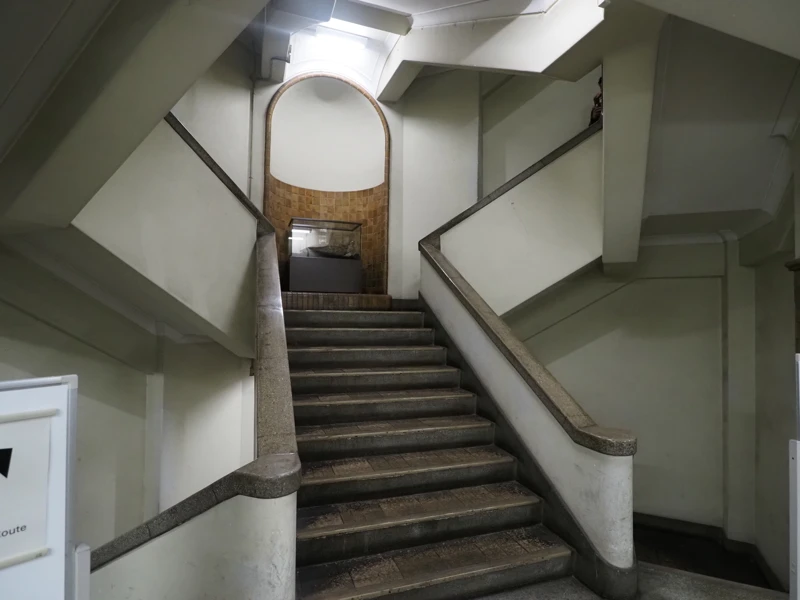
Interior of the auditorium. As mentioned above, the interior was renovated in 2001. The ceiling, walls, and other interior elements were all repainted. The desks and chairs were newly installed in 2007.
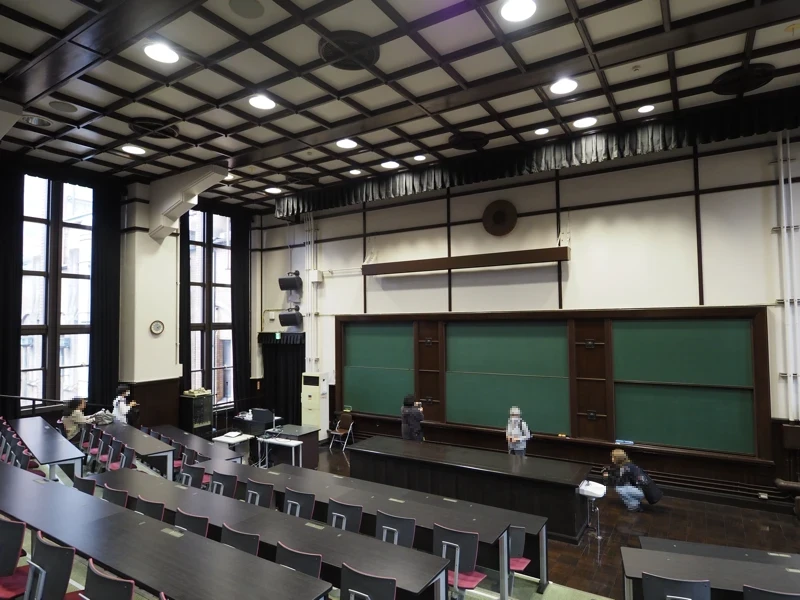
Looking down on the courtyard from the auditorium. This is the south courtyard.

I also took a peek at the north courtyard. The round pond seems to be a breeding pond for aquatic creatures.
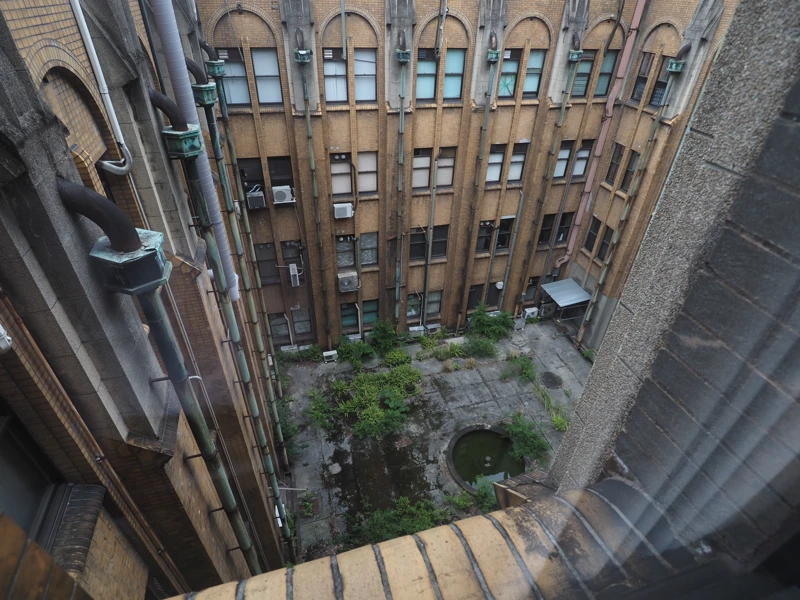
Since the construction of the building was completed, the zoology classrooms were located on the north side of the building and the botany classrooms on the south side, so the breeding pond is on the north side and the plants are on the south side.
After exiting the auditorium, I found a elevator on the right of the door.
The tour of the architecture festival ended with a descent down the stairs to the right of the elevator.
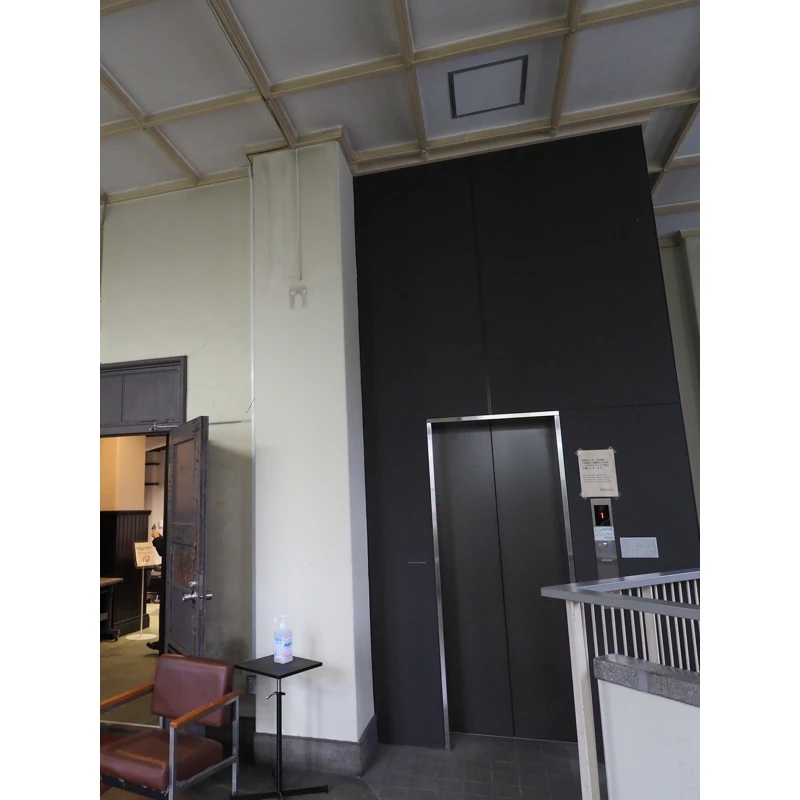
Recently, we have been seeing crowdfunding activities conducted by public institutions.
From August to November 2023, the Tokyo National Museum of Nature and Science held a crowdfunding campaign to raise funds for the collection and preservation of specimens and historical materials, and over 50,000 people donated, raising 900 million yen.
Although it was good that donations were collected, there was criticism that the government did not want to provide a budget for the project. The government appears to be asking the institutions to help themselves without increasing the budget.
There are probably only a handful of well-known facilities that can raise funds through crowdfunding. If they are celebrated as “success stories,” institutions that lack the ability to collect funds will continue to decline.
Whether public universities or public museums, cultural and educational facilities are important social infrastructure. It is natural that budgets are limited, but I think it is only natural that the national and local governments should secure budgets for the maintenance of social infrastructure.
From the news reports, it seems that the government is only pursuing short-term profits and spectacular achievements.
[Reference] (written in Japanese)
“The 2nd Building of the Faculty of Science is Aging: The State of the University of Tokyo (3)|Tetsuya Higashiyama” (Public Relations Office / The University of Tokyo Website / 2025-04-15)
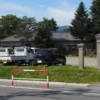
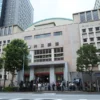
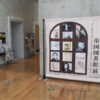
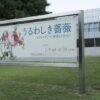
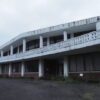
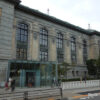
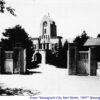
Discussion
New Comments
No comments yet. Be the first one!